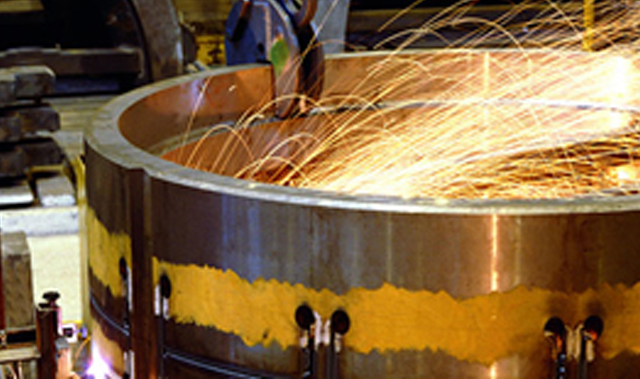
Production of welded metal ware from flat, structural stock metal-roll and tubes, as well as welded-casting and welded-forged structures from carbonaceous and low-alloy structural steel, high-alloy steels and non-ferrous metals The main methods used for the welding of steel structures are as follows: automatic submerged welding with solid wire and flux cored wire; welding in active and inert shielding gas using consumable and non-consumable electrodes; manual arc welding; automatic arc welding; plasma-jet hard-facing, including composite, and corrosion-resistant materials, such as copper alloys.
Technological capabilities
Production of all-welded constructions: from low-carbon steel with weight up to 20 tons; dimensions - up to 3/30/15 m manual arc and semiautomatic welding in carbonic gas medium. Automatic and semiautomatic profile flame cutting of flats up to 100 mm.